
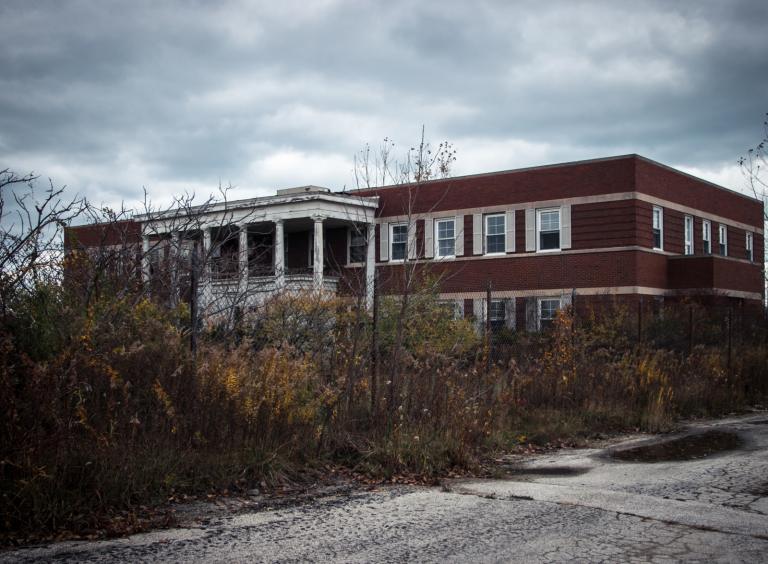

During World War II, the Defense Plant Corporation paid for the construction of a magnesium production facility in Painesville, Ohio. The Federal Government acquired the land that the facility would be placed on. The facility operated as the Diamond Magnesium Company, from 1942 to 1953 in support of World War II, as well as later government operations. Between 1951-1953, approximately 1,650 tons of contaminated scrap steel were transferred from the Lake Ontario Ordnance Works, and placed on the land. This steel was brought in to be consumed in the magnesium production process to control chlorine emissions. The scrap metal was known to be contaminated with radium, thorium, and uranium and their naturally occurring decay products, but went undisclosed by the Federal Government prior to its use at the facility. What was somehow not foreseen, were the results of the metal, creating contaminated soils at the site where they had previously stored the radiated scrap. Who would have thought, right?

The scrap metal – which was used to scrub chlorine gas – was immersed in weak hydrochloric acid for complete digestion. The liquid acid waste resulting from these processes was dumped directly into the Grand River until June of the year 1952. At this time, discharge was redirected across the Grand River into a waste pond, which was owned by the Diamond Alkali Company.




The plant was sold by the General Services Administration to the U.S. Rubber Company in 1963, and later became the Uniroyal Chemical Company. Uniroyal would continue to produce nitrile rubber, polyvinyl chloride nitrile rubber, and various polymers at the site. The company also contributed with the addition of new buildings, while still utilizing many of the original Diamond Magnesium Company buildings.
Uniroyal is an American manufacturer of tires and other synthetic rubber-related products, alongside a variety of items used in the military, such as ammunition, explosives and operations and maintenance activities. The company was founded in Naugatuck, Connecticut, in 1892. Uniroyal was one of the original 12 stocks in the Dow Jones Industrial Average, and became Uniroyal, Inc., as part of creating a unified brand for its products and subsidiaries in 1961.




Levels of radiation were officially documented by Uniroyal after performing a preliminary radiological survey between 1988-1990. The Uniroyal brand continues to exist today, but the company itself no longer exists as a separate business, having been purchased in 1991 by French tire maker Michelin for $1.5 billion.
Operations at the Painesville facility were halted, and the building was vacated in 1999, only three years after the land was acquired by the Crompton Manufacturing Company, Inc. – more recently known as Chemtura Corporation – in 1996. The only remaining building has sat vacant since.

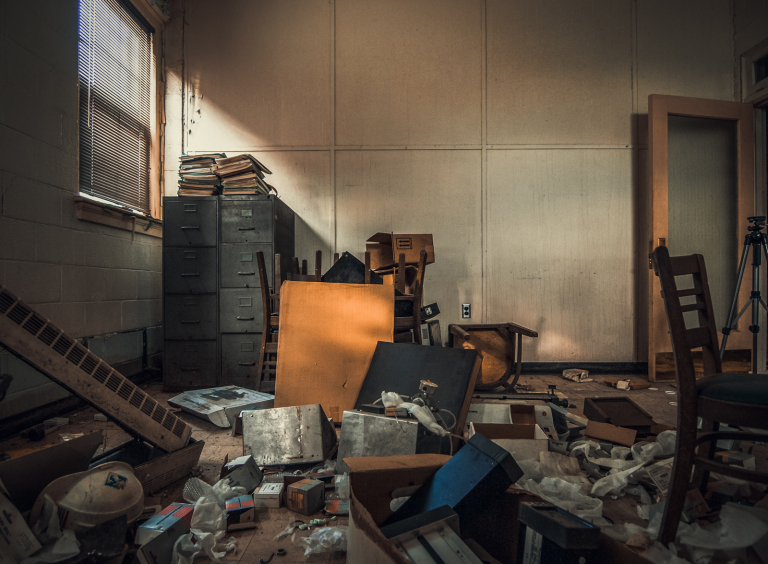

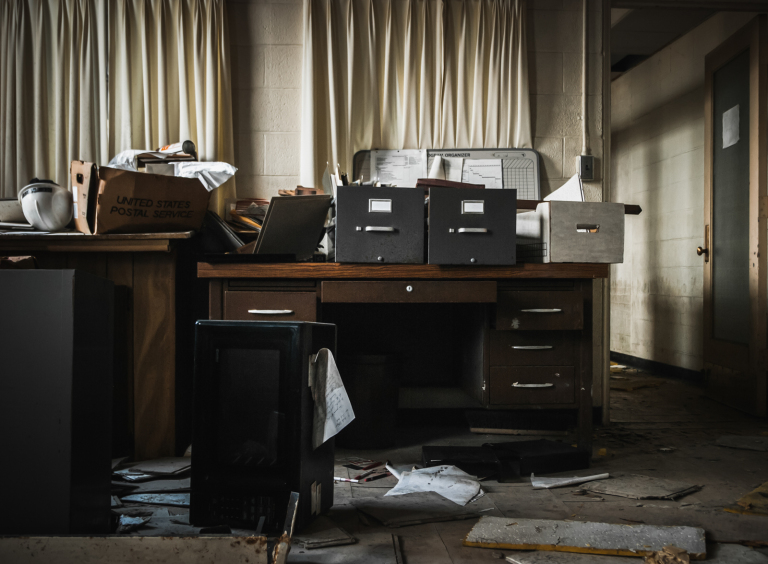
After the company’s purchase of the property, no further operations were conducted at the facility due to heavy contamination of the property, and land surrounding it. Reports showed that the property had been contaminated with radioactive residues from a former project, known as the Manhattan Engineer District (MED) project. Radiation levels well over the DOE Formerly Utilized Sites Remedial Action Program criteria were found, with direct measurement of gamma radiation levels at the surface, and within soil.
A more detailed investigation of the land was performed by the DOE in 1996, including ambient air sampling, external gamma rate exposure measurements, building radiological surveys, gamma walkover surveys, groundwater sampling, sediment sampling, ecological sampling and soil sampling. In 1998, 1,300 cubic yards of contaminated soil were removed by the U.S. Army Corps of Engineers, but work was halted with the arrival of winter. Work was not continued at this time, when they discovered that the extent of contamination was greater than initially thought.





Remedial investigation sampling took place once again starting in 2000, on the 30-acre Painesville site. In 2003, the Corps completed a Remedial Investigation/Feasibility Study of the site. By 2006, after numerous tests and studies of the land, a remedy for cleanup was agreed upon. It was agreed that the site would be excavated, and all materials would be disposed of off-site.
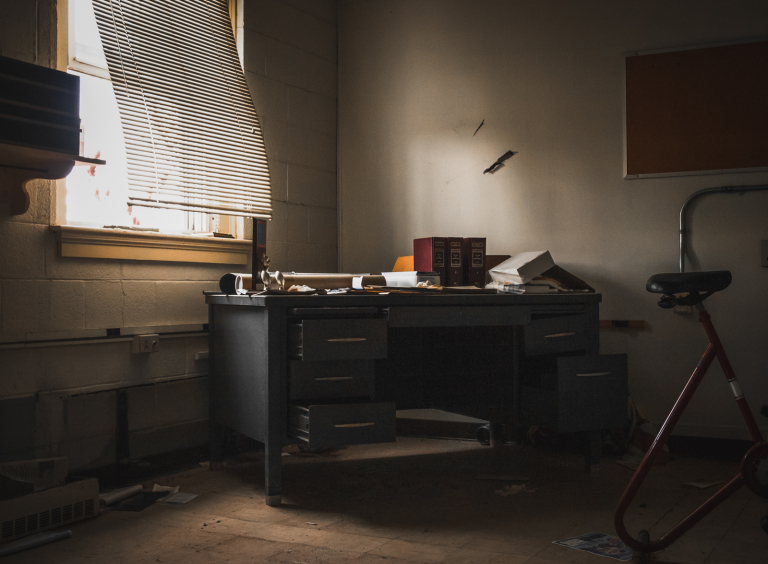
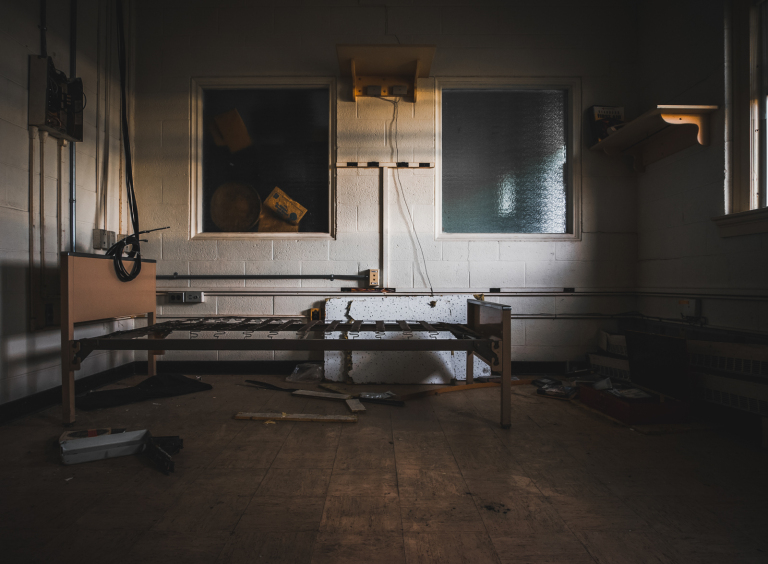



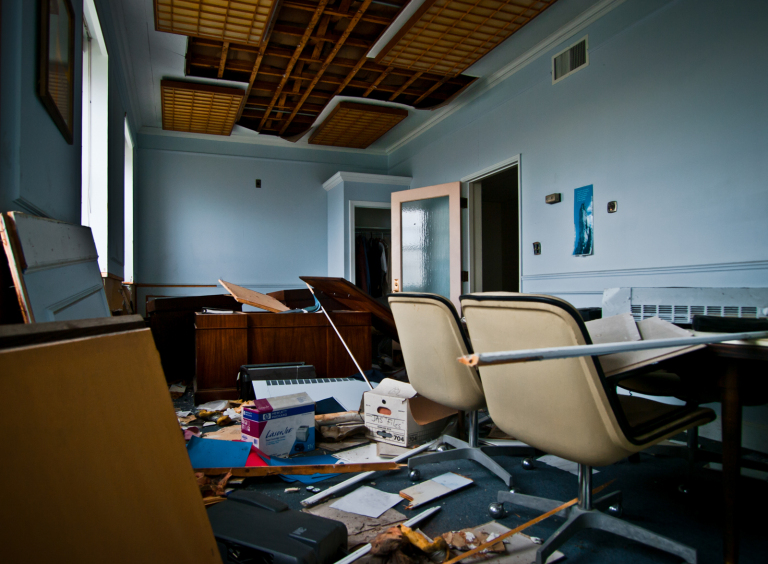
To this day, all but one of the former buildings on the site have been demolished. Site remediation started in 2007, but a temporary hold was placed on the cleanup in March of 2008, after the discovery of yet even more radiated soil requiring remediation. Since the 90s, the Corps have removed and disposed of over 9,400 cubic yards of contaminated soil from the site. Nine of twelve identified excavation areas have been removed and backfilled, but over 25,000 cubic yards of contaminated soil remain.
View the entire photo gallery below:
Advertisements Share this:




